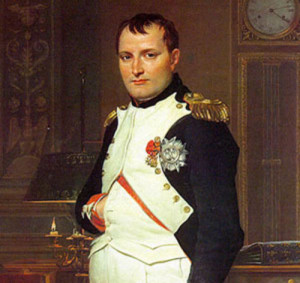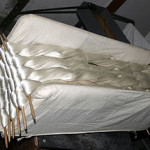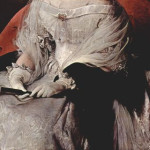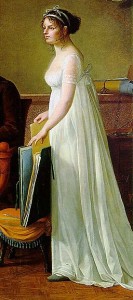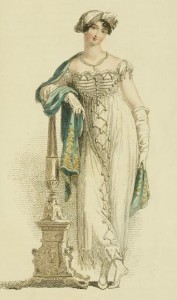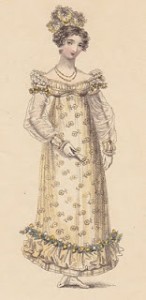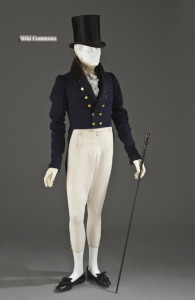Vanessa here.
While I wait for Ruth to arrive, let me remind you what’s going on this week at Regency Reflections.
To celebrate Moonlight Masquerade, we’re running a special week-long contest. Starting today through next Friday, March 22, we’ll feature Regency quiz questions at the end of each post. To enter the contest, you’ll need to correctly answer the questions in the comment section below. For every correct answer, your name will be added into the drawing for a $25 Amazon gift card . There will be five questions in all, which means your name can be entered up to five times (if you get all five questions right). The deadline to answer ALL CONTEST QUESTIONS will be Saturday, March 23 at midnight.
Today, I have the pleasure of interviewing Ruth Axtell and talk with her about her exciting new release, Moonlight Masquerade. Ruth, welcome to my porch. Can I get you something? Tea? A scone?
No. Well, have a seat in this freshly dusted wicker chair. My footman (i.e. the hubby) will stow your landau. My tulips need a bit more manure. Now, tell me what inspired you to write Moonlight Masquerade?
I first got the idea quite a few years ago, so the memory is quite sketchy, but I think it was a dream I woke up with. It was in regency times, and I remember an aristocratic lady and her butler, who wasn’t really a butler at all. That’s all I had to go on.
So the butler did it? That was a risk given the societal norms of the Regency.
It was a challenge to have a noblewoman attracted to her butler, when social strictures would have scarcely had her seeing him as a human being on her level. So, I used the fact that she was a French Republican (i.e., believing in the original ideals of the French Revolution and Enlightenment-liberty, fraternity, equality) to make her see her servants differently than the normal mistress would have.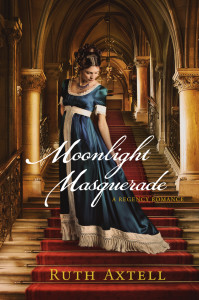
Wow, that is different, and you had to master so many facts about the French Revolution on top of your normal Regency research.
There were so many facts about the Napoleonic Wars that it’s hard to pinpoint just one. I think the more I read about Napoleon, the more I discovered how much harm he did to the European continent, and specifically that he set France back about a hundred years because of all the wars he led it through. Whereas Britain went full-speed ahead in the industrial revolution, bringing prosperity to its populations, France’s manhood, it’s agriculture, and money to invest in factories was decimated for a long time to come.
Ruth, let’s go back to the butler, Mr. Rees Phillips. What are his best and worst traits?
His best traits are his faithfulness and sense of duty. He has helped support his widowed mother and sister for many years since his dad died bankrupt. He is a loyal employee of the British government. But, these exemplary traits are also his worst because they make him rigid and uncompromising in many way. They also cause him to accept a subservient role in the Foreign Office where he has toiled for years.
Is Lady Celine Wexham a good match for Mr. Phillips?
She is passionate and impulsive. These traits allow her to give her all to a cause or to those she loves. But they also cause her to act before weighing the consequences.
Before, I ask you about the juicy stuff, can you sum up what spiritual truth would have made a difference to your hero’s journey.
That God is above politics, patriotism, and nationalism.
Sounds like a lesson we can all take to heart. What about Lady Wexham?
That God is good and wants only the best for her.
Now that we’ve filled our religious quotient (this is RegencyReflections.com/ChristianRegency.com), let’s talk passion. How would rate the novel’s passion: smokin’ like Louisiana ribs, tepid like warm chamomile tea, deliciously layered by red velvet cake, or some other decadent food?
Slow, simmering burn like a dark chocolate laced with cayenne pepper. You don’t realize there’s a bite till it has melted in your mouth, and it’s too late to spit it out.
So Lady Wexham’s and Mr. Phillips’s first cayenne seasoned kiss takes place about midway in the story. When you wrote it, what was going through your mind? I know the rhythm of a romantic song can set the pacing of a love scene for me. Even a Hershey with almonds can create a spectacular smooch.
I am in my characters’ mind, so I am experiencing their motivations and feelings. I don’t need music or chocolate so much as just getting into that zone of who they are and what they’re experiencing at that particular point in time.
Ruth, I admire your talent. You were one of the first voices I found bringing Regency stories to the CBA. How would you describe your career?
I describe a writing career as a challenge, which you undertake because you are compelled to. Currently most writers are trying to transition and adapt to the new digital age of book publishing. I describe successful as able to get the spiritual message across in each story, AND be able to make a living at writing.
Well, a three-book deal from Revell does help pay a few bills. Maybe a couple of Sunday bonnets. Before you get back in your landau and finish viewing our apple blossoms, tell me what nugget of truth you want the readers of Moonlight Masquerade to take with them.
That two people finding each other and falling in love, and submitted to God, can transcend whatever temporal differences seem to stand in their way.
Thank you, Ruth for stopping by and letting me run on about Moonlight Masquerade.
Here’s today’s question. Enter a comment with the right answer for a chance to win.
The title of Moonlight Masquerade refers to a masked ball. Which of the following costumes would not be a typical one at a regency ball masque?
a) shepherdess
b) pirate
c) hula girl
d) Harlequin
Originally posted 2013-03-20 10:00:00.


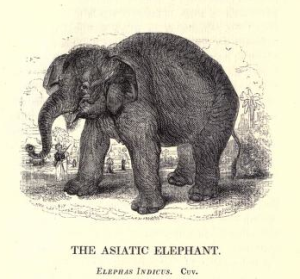


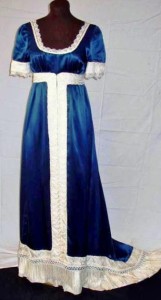



 Through Friday, March 22, we’ll feature Regency quiz questions at the end of each post. To enter the contest, you’ll need to correctly answer the questions in the comment section below. For every correct answer, your name will be added into the drawing for a $25 Amazon gift card . There will be five questions in all, which means your name can be entered up to five times (if you get all five questions right). The deadline to answer ALL CONTEST QUESTIONS will be Saturday, March 23 at midnight.}
Through Friday, March 22, we’ll feature Regency quiz questions at the end of each post. To enter the contest, you’ll need to correctly answer the questions in the comment section below. For every correct answer, your name will be added into the drawing for a $25 Amazon gift card . There will be five questions in all, which means your name can be entered up to five times (if you get all five questions right). The deadline to answer ALL CONTEST QUESTIONS will be Saturday, March 23 at midnight.}

